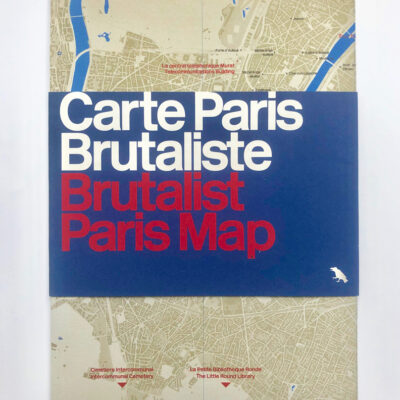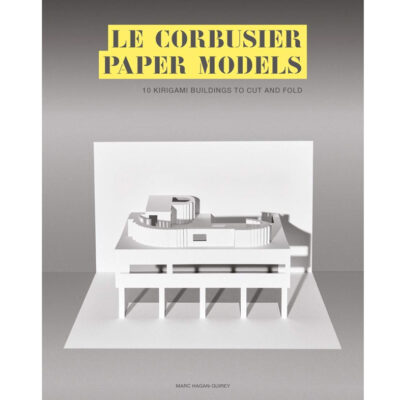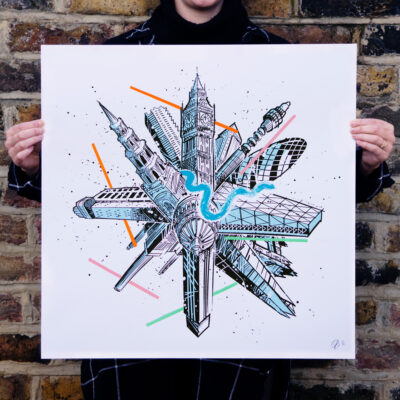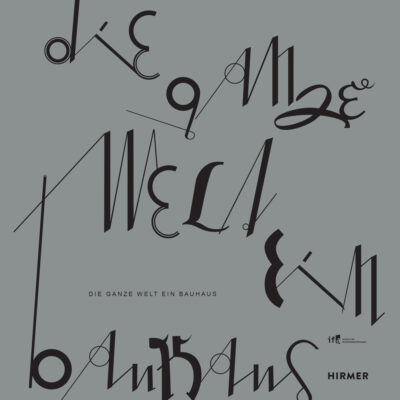Orgues de Flandre, Paris
It’s music to the ears of fans of brutalist architecture, les Orgues de Flandre now has its deserved protected status.

Prelude, Fugue, Cantante and Sonate, the four soaring towers of the Orgues de Flandre in the 19th arrondissement are a familiar sight on the Parisian landscape. Inspired by the shape of organ pipes, designed by then Paris based German architect Martin Schultz van Treeck, the La Villette Social Housing project was conceived in the mid-60s and took a decade to complete.

‘Van Treeck was a pioneer of the architectural endoscope, the Relatoscop, which enabled visualization from the pedestrian’s perspective. The impact on his design was to literally turn everything upside down, the opposite of the usual way of seeing building models, from the top view’.
We asked him about his visit to Paris and much much further afield;

What drew you to photograph the Orgues? Was it by chance or did you know about the development?
I wanted to explore in more depth the modern parts of Paris when I happened to be in the city. Generally speaking, I try not to travel unnecessarily due to its environmental effects. Before any trip, I usually prepare a detailed map with hundreds of points. I especially like social housing projects and try to visit them almost anywhere. When I was researching, the Orgues de Flandre had been mentioned several times including in the Brutalist Paris Map by Blue Crow, and I’d seen Laurent Kronental’s photos.

What impressed you most?
Their very powerful design reminded me of Wohnpark Alt-Erlaa in Vienna. I don’t like all the postmodernism, especially self-ironic projects, but this one was quite different. It’s the colour of milky coffee and has elegant tiles and terraces, in shades of brown and yellow.

Van Treeck’s design was made for living in, protecting people from the street and creating a lot of public spaces and possibilities to grow plants. The windows are a nice reference to Konstantin Melnikov’s Moscow home and the whole complex has a sense of being very well designed.

©Natalia Melikova The Constructivist Project

Studio on the upper floor of the Melnikov House ©Natalia Melikova
Are they deserving of their protected status and if so why?

Porte de Flamands Image Evgenii Salganik
The MOSAiC Expedition
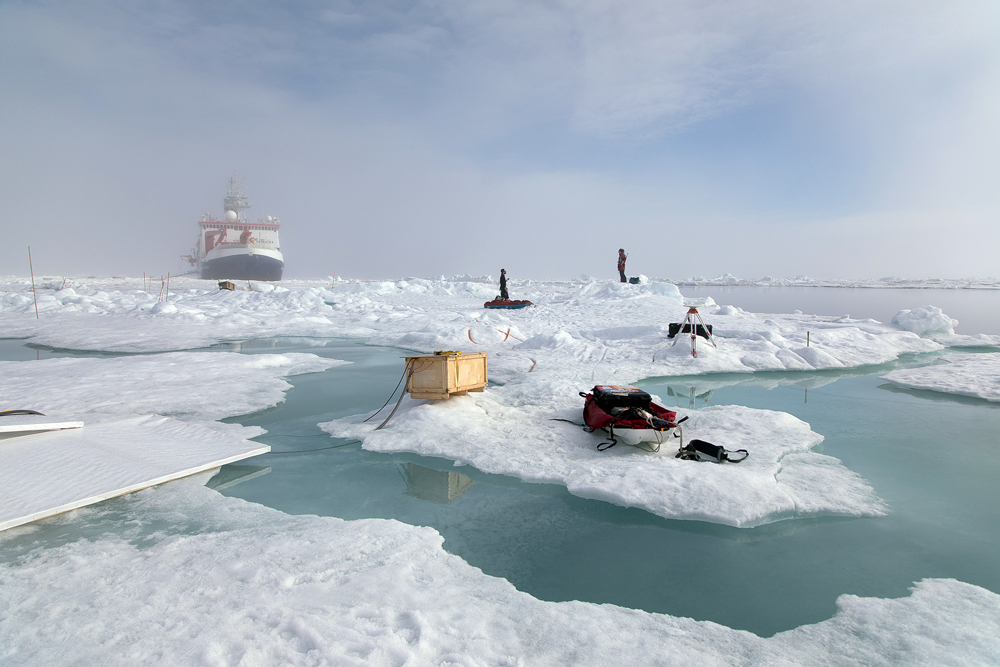
Arctic MOSAic Evgenii Salganik





